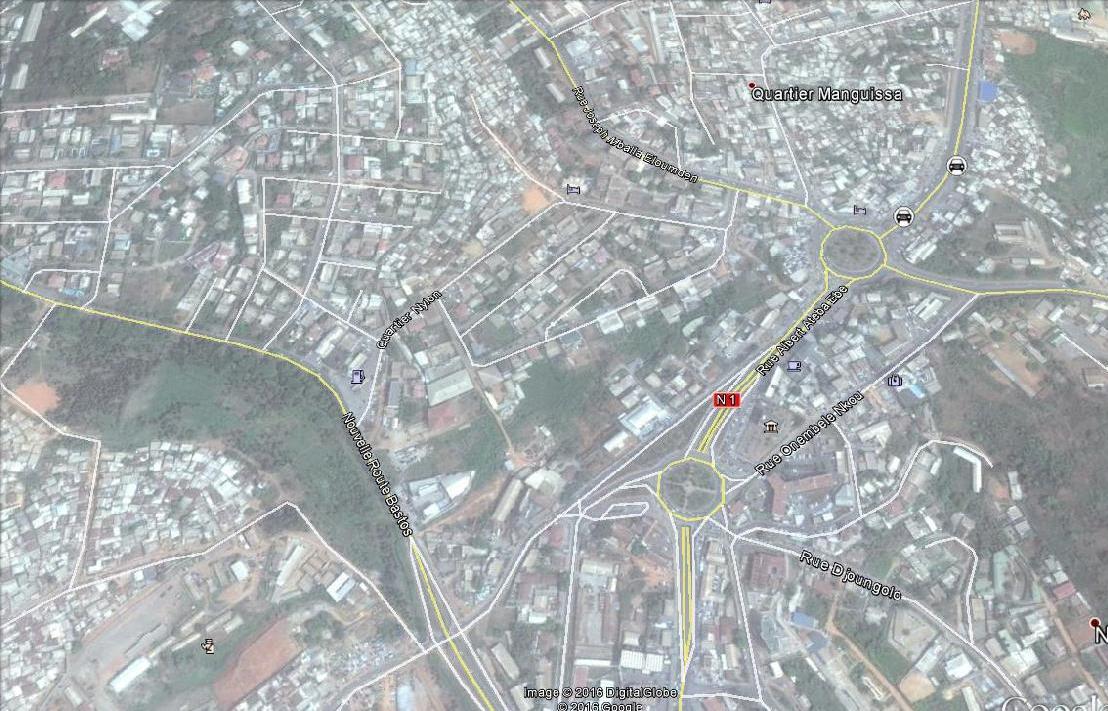Defense
Most national security decisions involve geography. Whether assessing potential terrorist targets, planning where to strike on the battlefield, or deciding where to locate a new building with minimal environmental impact, geography always comes into the equation.
GIS software plays an important role in helping defence and intelligence organizations make these types of decisions in a timely and effective manner.
 Unlock Meaningful Patterns in Your Data
Unlock Meaningful Patterns in Your Data
Our solutions deliver the tools you need to unlock and reveal meaningful patterns in your geospatial data and provide the intelligence support you need for mission success. Gain the ability to capture, manage, analyze and display geographically referenced information to obtain a clear picture of your data and the many complex relationships behind it.
Canadian defence and intelligence organizations use our solutions to enhance areas including:
Military Operations – Directly embed geospatial capabilities into your mainstream command, control, communications, computers, intelligence, surveillance and reconnaissance (C4ISR) applications and share geospatial information across defence networks. Leverage integrated service-oriented architecture (SOA) for better, faster and less expensive analysis and more informed decisions.
Geospatial Intelligence (GEOINT) – Integrate imagery and geospatial data with other intelligence such as human, measurement and signature , signal, open source and technical intelligence to create products critical to national intelligence, national security and defence. GEOINT combines previously separated domains such as map production, GIS and imagery analysis.
Installation and Environment – Create interoperable, open and enterprise-wide applications to manage facilities, utilities, the environment, security, cultural resources, and other defence installation infrastructure.
Defence and Force Health Protection – Protect the health of your defence forces in the field and at their bases by enhancing your ability to quickly visualize, analyze and understand emerging situations. Visualize occupational and environmental hazards; track evacuees, casualties and high-value medical equipment; and perform disease surveillance and epidemiology research.
Enterprise GIS – Connect decision making across multiple defence networks and beyond through a more integrated, enterprise approach. Share resources, data and applications through a service-oriented architecture (SOA) and provide a common infrastructure for building and deploying GIS solutions; extend geospatial capabilities to nontraditional GIS users; improve the capabilities of other enterprise systems by leveraging the value of geospatial information; use GIS consistently across your organization and increase overall operating efficiency.
